Article Post
06 Sep 2023
by Emily Hanson
How to Implement the New Reading Framework with DK Learning
Learning to read is a fundamental aspect of the primary school curriculum: a fact that will not be new to teachers and school support staff. A vital skill that allows children to unlock the wonders of education, fluency and engagement in reading has always been important across the board. As of July 2023, however, the Department for Education has put in black and white the research, evidence and strategies schools should be putting into practice to ensure all children are able to develop confidence and capabilities in reading.
The new Reading Framework (RF) is a large document indeed! This summary of the framework should support teachers and support staff with its implementation in schools.
Section 1: The importance of reading and a conceptual model
Section one introduces the significance of reading for unlocking the rest of the primary and secondary school curricula, and the importance of teaching systematic synthetic phonics (SSP).
- Reading ability starts in the home. Children who are surrounded by rich spoken language and a variety of books are better prepared to develop their comprehension and understanding of written language. They are also more likely to be engaged and committed to learning to read, as they see this as something their family regularly do. Their vocabulary is also richer.
- For children who do not have this home experience, SSP is particularly vital to allow children to access new words and experiences without the need for an adult’s modelling and support.
- Reading for pleasure begets engagement and achievement in the learning to read process. The Program for International Student Assessment (PISA) stated in 2021 that students who enjoy reading perform significantly better in their reading ability. Children who enjoy reading also naturally read more and learn more about the world around them in doing so.
- The RF follows the evidence-based strategy of The Simple View of Reading by Gough and Tumner (1986). This strategy emphasises teaching both decoding strategies and comprehension of texts with different teaching methods for both.
- The RF emphasises ‘putting in the reading miles’ to achieve fluency and confidence. Children must be given regular opportunities to read varied texts to establish their abilities.
DK’s Mrs Wordsmith vocabulary books can also be a great source of help in bridging the spoken language gap for children in key stage 1. For more information on the Mrs Wordsmith range, head here.
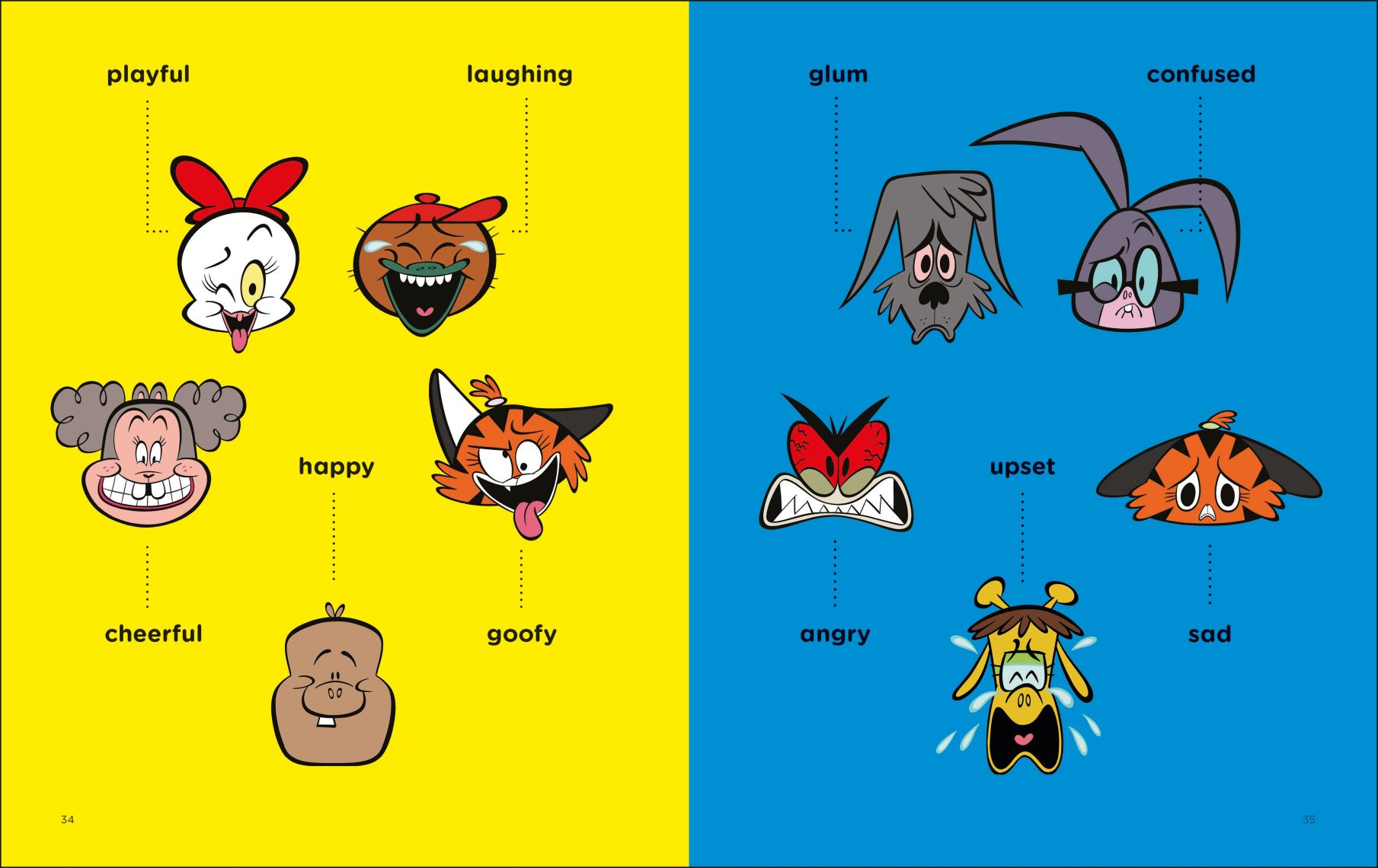
Section 2: Language comprehension in Early Years (EYFS) and key stage 1 (KS1)
- Spoken language is vital to developing early reading skills - children with a larger vocabulary perform better and pick up reading more quickly.
- With this in mind, regular opportunities for spoken language in the EYFS and KS1 classroom are important. Children should have regular opportunities to talk with each other as well as witness modelled speech from adults focusing on expanding vocabulary and syntax.
- Children should also be given lots of opportunities to listen carefully to others to develop their comprehension.
- Practices that can limit opportunities for talk include excessive evidence collection, a ‘hands up’ approach to questioning the whole class, and overly noisy environments.
Spoken storytime, using familiar stories and shared poetry reading, using a range of poetry are vital to encourage children to develop a love for the spoken language. Both develop vital communication skills that children can apply in other aspects of their play and learning.
Introduce young learners to a wide array of books, such as those in DK’s Early Years Collection. These titles span different genres and topics which encompass fundamental learning goals from the Early Years Foundation Stage Framework. There are endless opportunities for questions and discussions to quench a thirst for knowledge and boost overall comprehension.
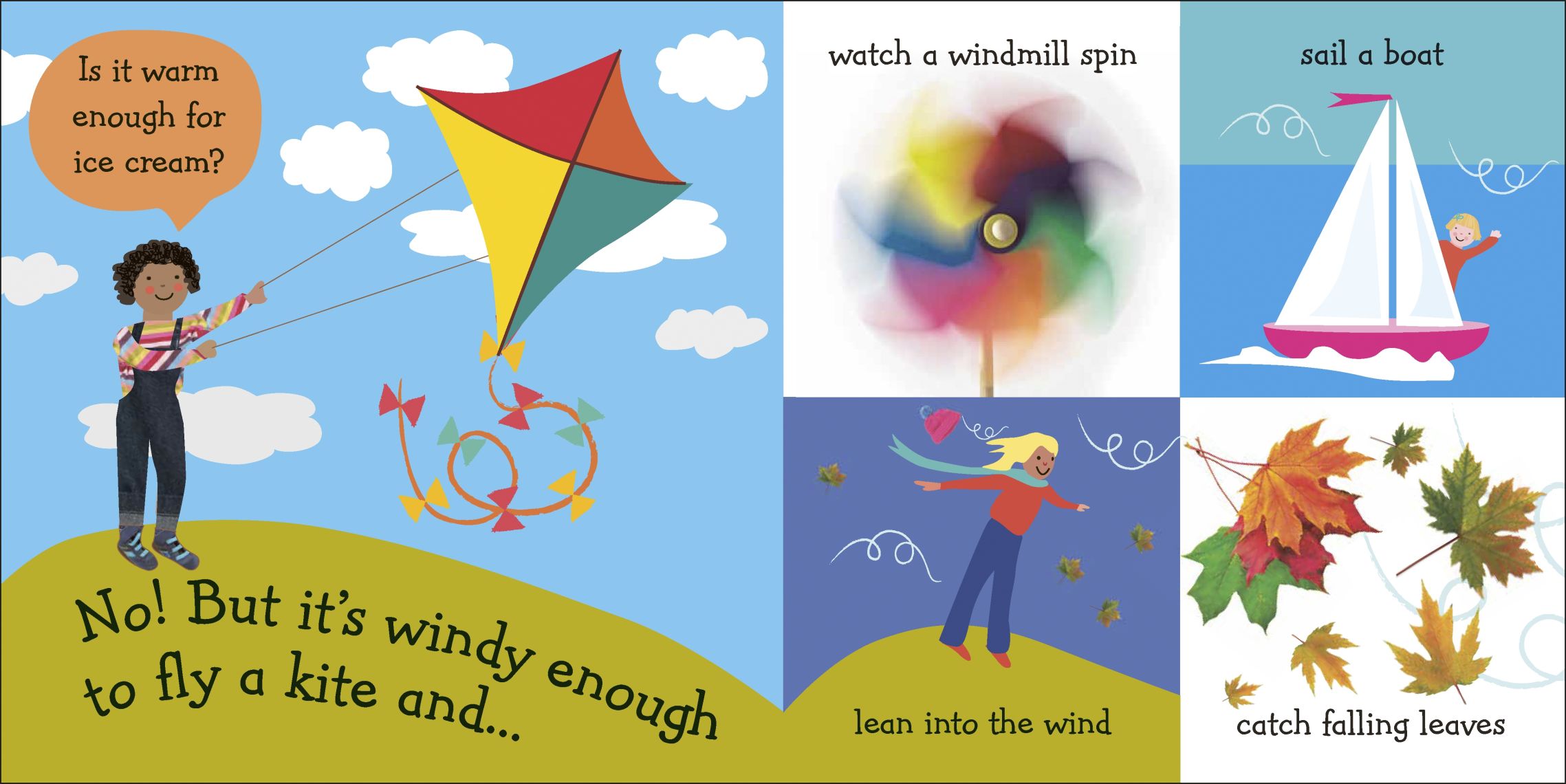
Section 3: Word reading and spelling
- This section outlines the key principles which should underpin any SSP programme a school brings in. This includes a rundown of graphemes, phonemes, their correspondences, high-frequency words, sight words and the alphabetic code.
- A typical phonics session is also outlined to ensure all schools are providing regular teaching, regardless of the phonics scheme they use.
- Handwriting and the importance of written composition during the establishment of phonics teaching are also covered.
- The framework states the importance of having decodable texts available for children as part of their lessons and in their free time.
- Continuous formative and summative assessments are vital for whole class progression.
Phonic Books for beginner and catch-up readers are decodable texts which perfectly support SSP and DK’s phonics-based games are a great complement to your school SSP, including Mrs Wordsmith’s Phonics Blah Blah Blah card game.
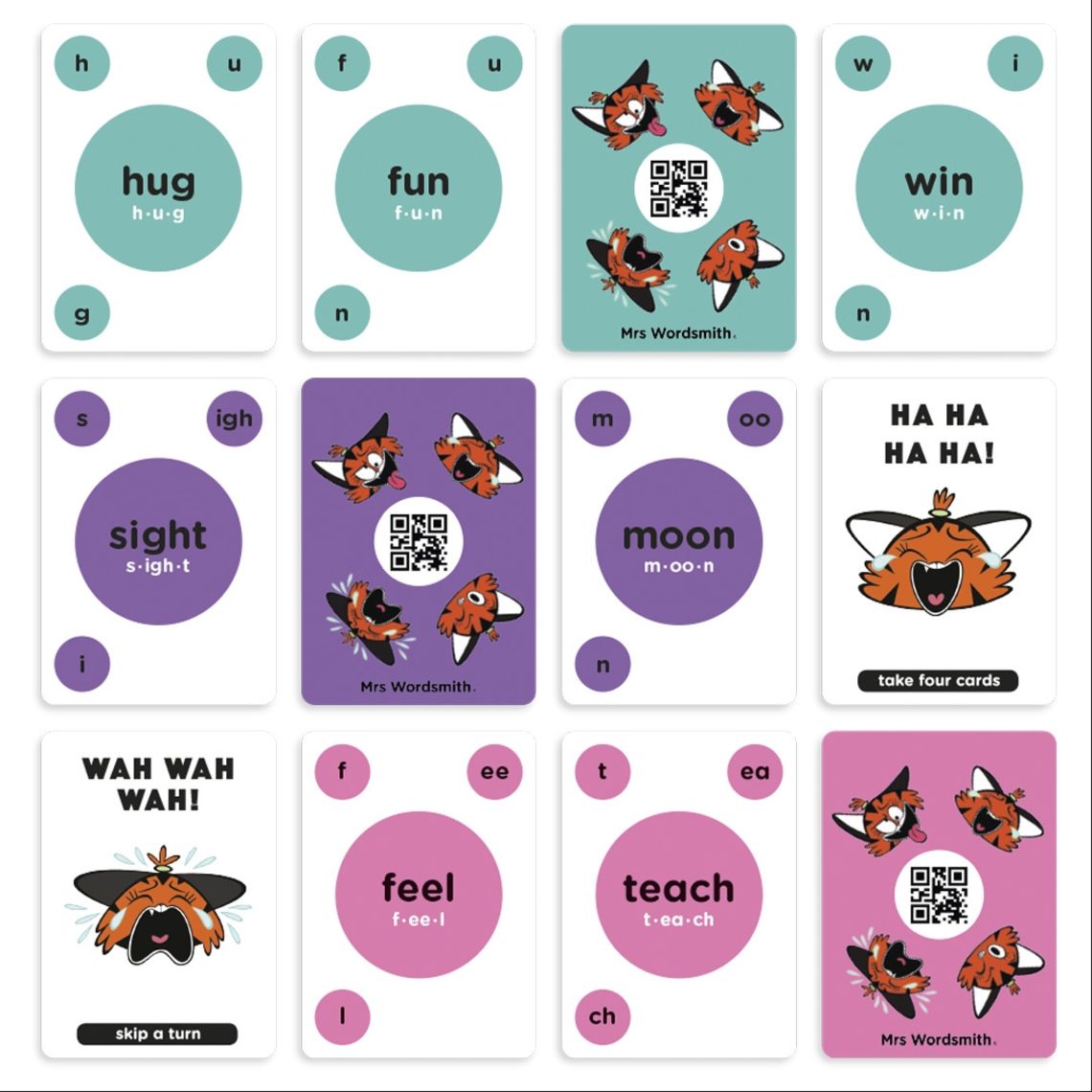
Section 4: Developing fluency
- Fluency typically develops once children are confident with a good range of grapheme-phoneme correspondences. It should be taught alongside SSP but given particular focus once children have graduated from a phonics scheme. It is the next step to developing comprehension and vocabulary through written texts.
- Fluency is generally defined as speed of reading plus accuracy of decoding. It is a gradual process of learning as opposed to a set target to meet.
- All lessons should regularly teach and model new vocabulary, reading at a glance and involve various types of texts from non-fiction to poetry.
Once pupils are decoding confidently they can be introduced to appropriate fiction and non-fiction texts to effectively build their fluency. Exposure to different text types will allow them to explore text written for different purposes and audiences, across a range of topics.
The DK Super Readers levelled books are for children ready to enter the world of reading. They allow readers to develop their fluency once they are more confidently decoding texts. The selection of titles is staggering, meaning there’s something there to suit all interests. These books really do support children to believe that reading is their super power, as they begin reading independently and for pleasure.
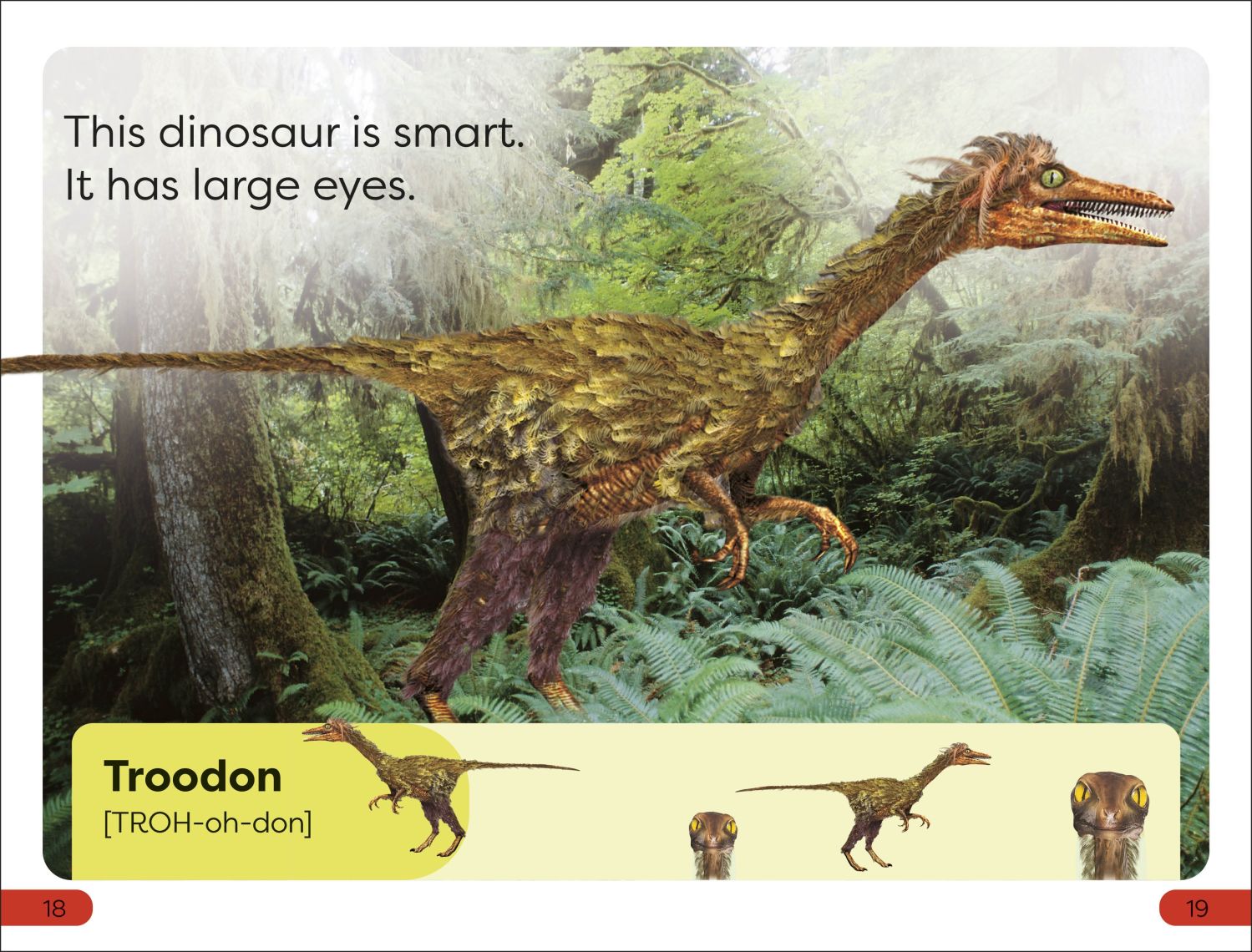
Section 5: Pupils who need the most support
- Pupils who require particularly focused support include those with an additional need, struggling older readers and those with limited support in the home.
- The first focus for all children should be ‘keeping up from the start’ - identifying those struggling early on in the EYFS and KS1, and providing regularly planned interventions to bring children up to speed with their peers before KS2.
- Older pupils who move to KS2 and KS3 while still struggling with decoding require further intensive support from a trained adult. While the school’s phonics scheme could be used, it may be that children need an individualised, age-appropriate plan that matches their cognitive ability and maturity, as phonics schemes are typically aimed at a younger audience. Regular assessments should be carried out to maximise progress.
- Older pupils requiring support on fluency should have regular one-to-one sessions with a qualified adult using age-appropriate decodable texts. They may still require revisions in line with the school SSP.
- Children who struggle with comprehension and understanding need to regularly read and discuss texts from a variety of genres. Using high-quality non-fiction texts to engage reluctant readers often works well, particularly for more literal learners. DK Learning's non-fiction books cover a huge range of topics, meaning there’s bound to be something of interest pitched at an appropriate level for almost any reader.
- Ideally interventions should happen outside of lesson time, however schools may need to make ‘hard decisions’ around whether struggling readers remain in whole class lessons or spend this time instead in individualised interventions.
- Children with SEND should still be directed to the SSP, as evidence shows that this remains the best way to learn to read for all. Additional strategies should be implemented where needed alongside the SSP, such as supporting children with hearing or visual impairments.
Phonic Books Catch-up Readers are a fantastic resource to support age-appropriate phonics interventions, with a range of decodable texts aimed at readers aged 8-14.
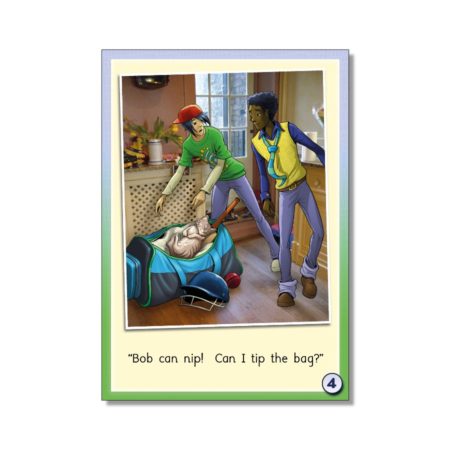
Section 6: What skilled readers do
- Reading becomes effortless for adult readers, but the process our brains go through while reading is complex. Reading happens through sight and involves visual processing, inferences, hypotheses and more.
- Teachers - including secondary staff - must be aware of the complex process that reading is. While it comes naturally to most adults, the process of pre-reading to full fluency is no mean feat.
Section 7: Choosing and organising books
- The types of books children need access to are dependent on their reading ability.
- Children need access to decodable texts in line with their SSP learning. This includes both texts integrated into the SSP and age-appropriate books outside of it.
- Once children reach the end of the SSP, they should access a wide variety of texts of different genres that they can read independently. This develops their fluency.
- Teachers and families should read a variety of picture books to children during the SSP phase, while older children should have access to graphic novels.
- Children should experience a range of contemporary and classic texts. Some should mirror their lives while others should explore lives that contrast with their own.
- Children should experience books across the curriculum, not just in English lessons. This could cover history texts and ‘hi-lo’ texts - easy reads with interesting topics.
- Schools should carefully consider how they organise their book collections both in the classroom and in whole school libraries to allow easy access and engagement. Books could be organised by genre or ability and should be regularly updated as new books are released.
DK Learning’s books, from DK Super Readers to the DK Eyewitness books and DKfindout! series, are fantastic staples for your school library. For more tips on stocking your school library, head to DK Learning’s dedicated blog post here.
Section 8: Developing a reading for pleasure culture
- Reading for pleasure is indicative of fluency and progress. Once children reach KS2 and KS3, they should be given a range of opportunities to read for enjoyment in order to develop a school culture of reading for pleasure. This needs a strategic, whole-school approach with planned and evaluated activities.
- Storytime should be prioritised for all ages, while book clubs could also be used to encourage enjoyment of reading - children can recommend their favourite texts to their class and each other. This could take the place of an English lesson or storytime.
- Independent reading time should be factored into the school day as a priority. Children should be able to choose their own texts to read during this time.
- Teachers have a role of influencing their pupils to enjoy reading. They should model their enjoyment of books and encourage children to do the same with each other.
Children can also be encouraged to read for pleasure through finding non-fiction texts that meet their current interests. Indeed, there are many benefits to engaging readers through non-fiction, as you’ll see in DK Learning’s article here.
Section 9: Reading across the curriculum
- The whole school curriculum matters in learning to read - as developed knowledge leads to good comprehension and vocabulary development to use in a variety of texts.
- Talk between pupils in all lessons can support this comprehension and contribute to reading fluency.
- Teachers can support pupils in reading in other curriculum subjects by pre-teaching key vocabulary and text formats, such as glossaries, in any reading they will come across in that subject area.
- Pupils who are not confident readers will likely struggle across the curriculum at key stages 2 and 3.
DK Learning has an ever-expanding range of reference books, suitable for all ages. Whether they want to delve into dinosaurs or get curious about climate change, children are sure to find an enjoyable text and discover their next new ‘thing’. For more support on integrating non-fiction texts into your curriculum, head to our posts on this for the early years, and primary classrooms.
Section 10: Teaching reading in the English lesson
- For confident readers, English lessons work to introduce children to a variety of different texts, developing their fluency and modelling deep critical thinking. Struggling readers may need to have separate lessons in their place to focus on the skill of reading first.
- Lessons should encourage children to create a mental model of the entirety of the text and its context. Texts could be more complex than a reader could access independently with the teacher as support, so providing a wide variety of books is vital.
- Texts should vary from poetry to longer novels that are read over a series of weeks.
- Lessons should include read-alouds, modelled questioning, explanations and analysis from the teacher, and independent reading. Teachers should also model comprehension strategies throughout lessons.
- Children should not be taught to pass or perform in key stage 2 assessments.
A real breadth of texts are available as part of DK’s book range, which support the recommended coverage throughout key stages 1 and 2. Explore myths and legends, tell traditional tales and explore thought-provoking themes with beautifully illustrated fiction. Pupils can broaden their vocabulary and indulge their imaginations with these texts, benefitting their writing as well as their reading.

Section 11: National assessments
There are several national assessments that include an assessment of a child’s reading abilities. These are:
- The EYFS profile: a teacher’s summary of a child’s abilities across 17 learning goals including reading, writing and spoken language
- The year one phonics screening: this assesses a child’s knowledge of grapheme-phoneme correspondences and blending through reading 20 real words and 20 pseudowords
- Key stage 2 assessments: at the end of key stage 2, children complete multiple assessment tasks. For English, this covers comprehension of texts as opposed to fluency and word reading.
Section 12: Leadership and management of reading
- Headteachers should build a reading culture into their school curriculum. This includes a robust SSP and fostering a reading for pleasure atmosphere in all age ranges.
- Teachers should be given protected time to teach reading regardless of curriculum constraints. Efforts should be made to limit excessive workload.
- All schools should be using a DfE validated SSP and all schools should regularly evaluate the effectiveness of their SSP.
- All schools should have a team of expert teachers who focus their efforts on literacy. This should include a literacy lead and ample time should be provided for professional development in this area for teachers specialising in the teaching of reading.
Section 13: Supporting pupils' reading in key stage 3
- While children who struggle with reading should have been identified at the primary level, secondary schools should also expect to make assessments of their year 7 intake to check if any children have gaps in their learning.
- This section backlinks to other areas of the framework to support key stage 3 teachers working with struggling readers.
Phonic Book Catch-up Readers are a great asset for secondary schools working with children who require decodable but age-appropriate texts.
The 2023 Reading Framework: Final thoughts
The new Reading Framework certainly presents a lot of information for teachers and school staff to digest. But the guidance is based on evidence which will support each and every reader in their journey. Alongside their wonderful books, DK’s range of learning resources can also provide evidence-based materials to support the teaching of reading for all abilities and ages.
Emily Hanson is a former class teacher and freelance education copywriter. She holds a PGCE and M.Ed from the University of Cambridge, and has taught across the primary age range. Her subject specialism is literature, language and phonics. Outside of the classroom, Emily has also worked for a youth charity, widening participation in higher education with prospective students aged 12-17. She adores sharing her passion for reading in her work, but more importantly with her two young daughters.
